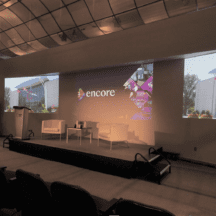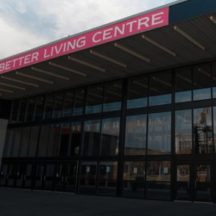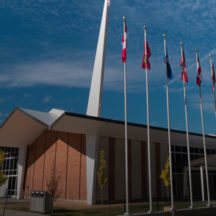Princes’ Gates History
Structure: Princes’ Gates
Constructed: 1927
Architects: Chapman & Oxley
Sculptor: Charles D. McKechnie
In 1924, the CNE Association hired the architectural firm of Chapman and Oxley to create a fifty- year plan for the redevelopment of the eastern end of the CNE grounds. A significant feature of this plan was the construction of a monumental entrance to link the CNE with the city of Toronto. This entranceway, built in 1927 on the 60th anniversary of the Confederation of Canada, was originally named “The Diamond Jubilee of Confederation Gates.” When it was learned that Prince Edward and Prince George would visit the CNE in 1927, the Gates were renamed the Princes’ Gates in honour of the two royal brothers. Prince Edward, provided with gold scissors, cut the purple ribbon to officially open the Princes’ Gates on August 30, 1927.
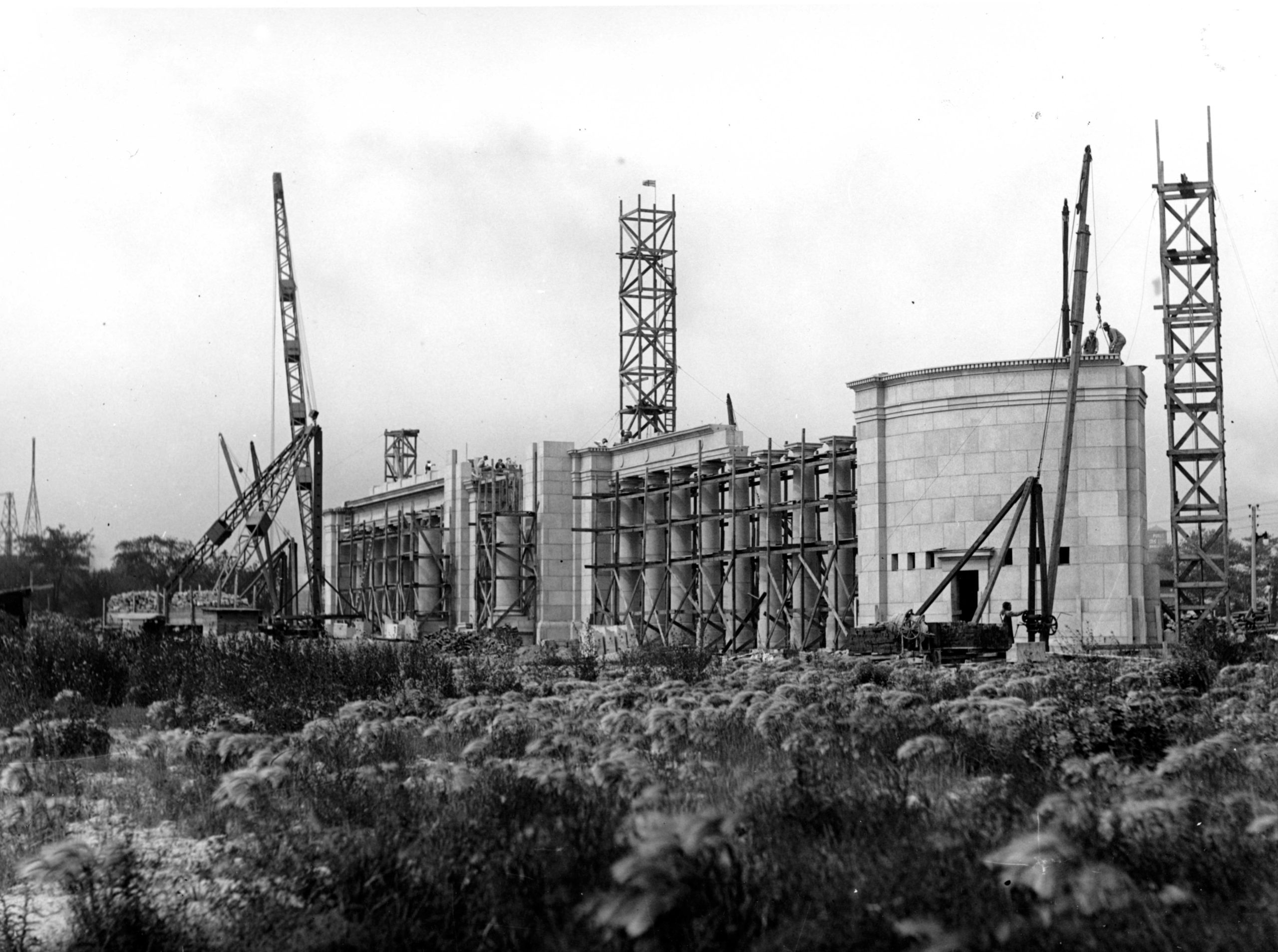
The Princes’ Gates were designed in the decorative Beaux-Arts style. A Roman arch forms the centre gate and is flanked on each side by a colonnade of nine Ionic columns. The nine columns represent the participating provinces of Confederation (Newfoundland joined Confederation in 1949). At each extremity of the Gates are curved pylons with fountains at their bases.
Dominating the Princes’ Gates is the Winged Victory. Standing in a symbolic ship of state, the purpose of the Winged Victory is to guide the CNE and Canada into the future. In the lowered hand of the Winged Victory is a single maple leaf, a symbol of Canadian independence and autonomy. Flanking the Winged Victory on either side of the main arch are two pairs of identical figures. One pair of these figures hold cornucopias, representing the fruits of the harvest. The other pair of figures hold beehives, representing hard work and prosperity. The sculptures on the pylons also possess symbolic meaning. The female figure holds a sheaf of grain to represent farming while the male figure represents industry, his left hand resting on a wheel, a set of drawings draped across his knees. Sculptor Charles D. McKechnie was responsible for all the figures adoring the Princes’ Gates.
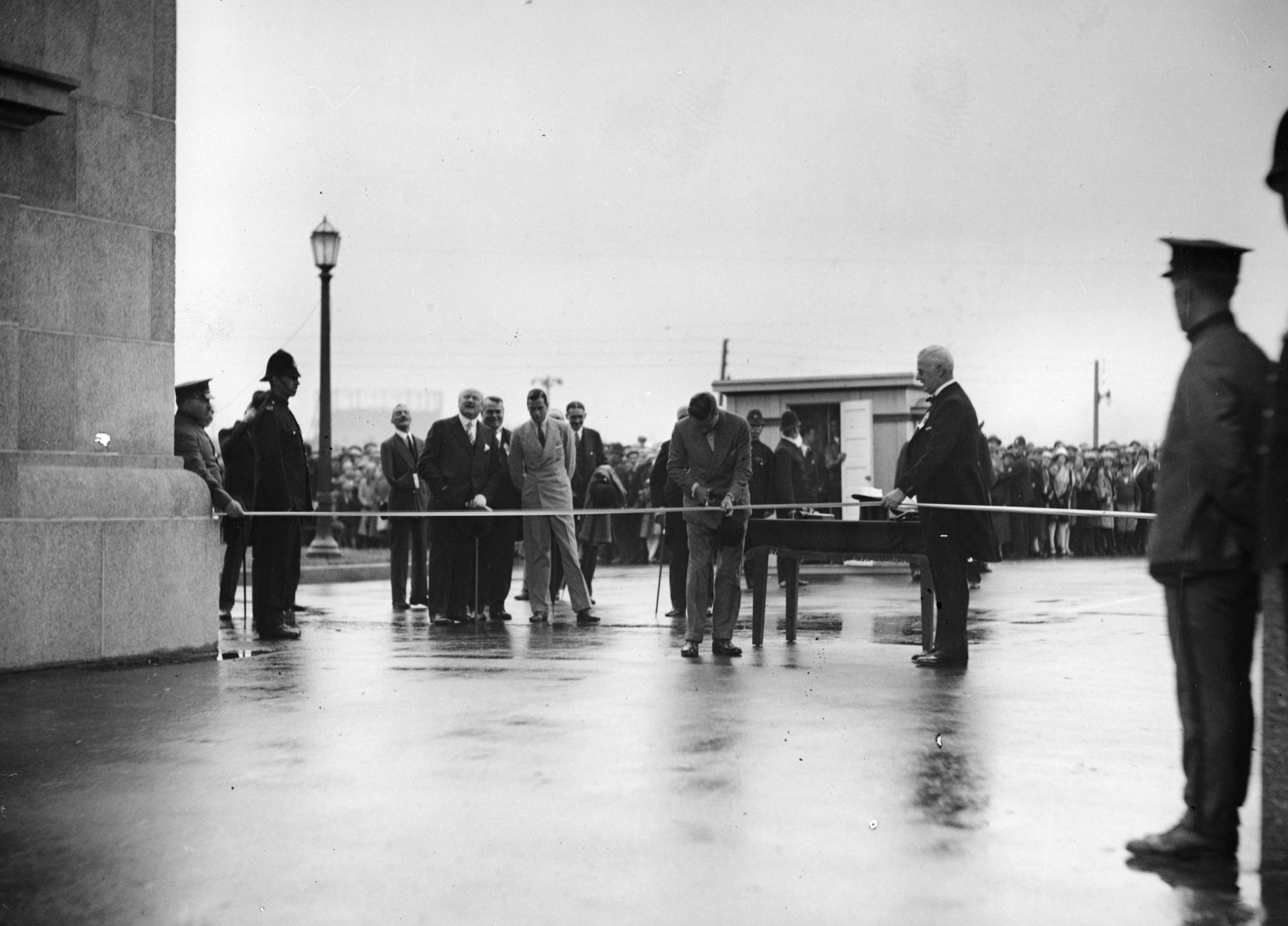
The Princes’ Gates were rededicated in 1977 to mark their fiftieth anniversary. In 1987, the badly weathered Winged Victory was replaced with a state-of-the-art polymer resin replica. In 1994, the other four figures located on the main arch were also recast. In this latest attempt to restore the Princes’ Gates, the new statues were recast using the same materials as the originals, poured concrete.
In 2007, on the 80th anniversary of the Princes’ Gates, the triumphal arch underwent an improvement project highlighting the twinning relationship between the City of Toronto and the City of Milan. The collaborative effort of the two cities resulted in the revitalization of the Piazza Princes’ Gates including new landscaping and new pedestrian/cycling amenities.
Get the Latest News, Updates, and Promotions Right in Your Inbox!
You may also be interested in

Pedal for a Purpose: Ride the Track 2025 Opens the Toronto Indy Circuit to Fuel Kids Across the GTA
In partnership with Exhibition Place and Ontario Honda Dealers Indy Toronto, The Children’s Breakfast Club invites the public to…

Exhibition Place’s Tara Snider Named to Prestigious IAVM 30|UNDER|30 Class of 2025
TORONTO May 30, 2025 – Exhibition Place is proud to share that Tara Snider, Event & Meeting Coordinator, has been named…
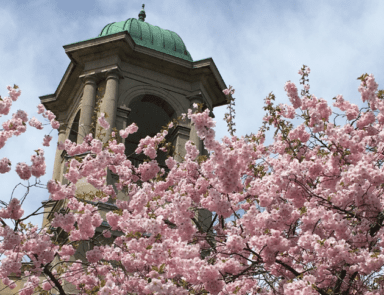
Cherry Blossoms Set to Bloom at Exhibition Place
Exhibition Place is Toronto’s Hidden Gem for Cherry Blossom Viewing Each spring, Toronto comes to life with the arrival…



